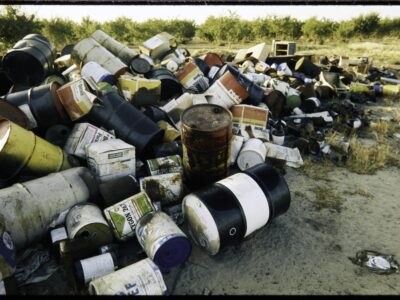Toxic Chemicals (3)
This is the third (and for now, the last) in a series of posts on toxic chemicals. Like the earlier two, it addresses a recent paper on the subject, This one, by Vermont’s Martha Judy and RFF’s Katherine Probst, is about “Superfund at 30.” Superfund — more officially the Comprehensive Environmental Response, Compensation, and Clean-up Act or CERCLA — is of course the federal statute governing clean-ups of hazardous waste sites.
The fund has received over $30 billion in the form of cost recoveries filed by EPA against private parties. It was supposed to be funded primarily by special taxes, which the Gingrich Congress refused to reauthorize in the mid-1990s.
There are 1600 sites on the National Priority List (including some 338 where cleanup is complete). There have also been 10,000 removal actions, which includes emergency and short-term actions to control hazards. This includes sites that are not on the priority list.
According to Judy and Probst, “Both the trust fund and the liability provisions ahve in some ways been wildly successful — the Superfund taxes raised much-needed revenues for a new federal program and the liability provisions have means that the majority of cleanups under the law have been conducted by companies connected to contaminated sites.”
Transaction costs were a major concern in the statute’s early years. Fortunately, transaction costs apparently have declined substantially over time. Pre-negotiated consent decrees are now the majority of Superfund actions filed by EPA. Today, the bulk of transaction costs are incurred by insurers (about 40% of which are coverage disputes).
Superfund probably is not as cost-effective as it could be. I suspect that critics are right that the process could be streamlined further and that remedial efforts could probably be focused more effectively on the most hazardous sites. Yet, the statute has also had unanticipated benefits, raising industry awareness of disposal issues and putting environmental issues on the agenda in any major real estate transaction. Overall, while by no means perfect, it seems to have been a workable solution to the clean-up problem.







Reader Comments